Shumla’s Chemistry Lab Part II: Radiocarbon Dating Eagle Cave Rock Art
By Karen Steelman
In the previous Shumla Chemistry Laboratory blog post, I gave an introduction of radiocarbon dating and plasma oxidation. For this post I wanted to shift gears and describe how we are using plasma oxidation and radiocarbon dating to address ongoing research questions. During The Alexandria Project, we are collecting data about the different iconographic images or symbols that are found throughout Lower Pecos rock art. With the Shumla Chemistry Lab I am interested in pursuing similar research questions dealing with determining the age of styles and repeated motifs across the landscape.
We know from previous research that some attributes within Pecos River Style rock art are spatially limited in their distribution (e.g., Harrison 2004). Rather than just obtaining radiocarbon dates on any Pecos River Style figure, one of our goals is to target specific attributes to better understand how the production of rock art imagery may have changed through time. This type of research has drastic implications for understanding not only the chronology of Lower Pecos rock art, but also provides insight into the visual language used by the hunter-gatherers who produced the pictographs.
Radiocarbon Research in Action: Dating Rabbit Ears
Dating Rabbit Ears at Eagle Cave
In 2014 we were fortunate enough to be able to collect three paint samples from Pecos River Style anthropomorphs in Eagle Cave. One of our research questions was specifically dating the rabbit ears at Eagle Cave, but we also wanted to date the Eagle Cave pictographs to chronologically link the rock paintings to the physical deposits that were being sampled at the time by the ASWT Project at Texas State University.
A007
A013
A011
Plasma Oxidation of Eagle Cave Samples
Back in 2014 I was still teaching at the University of Central Arkansas. So after we collected the Eagle Cave samples, I headed back to my lab to begin the process of extracting carbon from the paint for dating. During sample processing, my students and I observed calcium oxalate accretions coating and underlying the paint layer within each sample.
Preparing the Samples
Eagle Cave Results
Implications of Eagle Cave Dates
Collaborations
This Eagle Cave project was a collaboration between Shumla, University of Central Arkansas, and the ASWT Project at Texas State University. In addition to continuing work in the Lower Pecos, Shumla is seeking to collaborate with archaeologists and rock art researchers around the world. We are currently working with a team in Australia exploring chronology and spatial distribution patterns across the landscape of the SW Gulf of Carpentaria islands. With collaborations, we can all learn from each other to improve rock art research world-wide.
References
Bates LN, Castañeda AM, Boyd CE, Steelman KL. 2015 A Black Deer At Black Cave: New Pictograph Radiocarbon Date for the Lower Pecos, TX. Journal of Texas Archeology and History 2: 45-57.
Harrison, James B. III 2004 Rock Art Boundaries: Considering Geographically Limited Elements Within the Pecos River Style. Master’s Thesis, Deparatment of Anthropology, Texas A&M University, College Station.
Hess, Darren, Dana Jo Coker, Jeanette Loutsch & Jon Russ 2008 Production of Oxalates In Vitro by Microbes Isolated from Rock Surfaces with Prehistoric Paints in the Lower Pecos region, Texas. Geoarchaeology 23, 3-11.
Rowe MW & Steelman KL. 2003 Comment on “Some evidence of a date of first humans to arrive in Brazil”. Journal of Archaeological Science 30:1349-1351.
Russ J, Pohl MD, von Nagy CL, Steelman KL, Hurst H, Ashby L, Schmidt P, Padilla Gutiérrez EF, Rowe MW. 2017 Strategies for C-14 Dating the Oxtotitlán Cave Paintings, Guerrero, Mexico. Advances in Archaeological Practice 5(2): 170-183.
Russ J, Loyd DH, Boutton TW. 2000. A paleoclimate reconstruction for southwest Texas using oxalate residue from lichen as a paleoclimate proxy. Quaternary International 67:29-36.
Russ J, Palma RL, Loyd DH, Boutton TW, Coy MA. 1996. Origin of the whewellite-rich crust in the Lower Pecos region of southwest Texas and its significance to paleoclimate reconstructions. Quaternary Research 46(1):27-36.
Steelman KL, Rickman R, Rowe MW, Boutton TW, Russ J, & Guidon N. 2002 “AMS Radiocarbon Ages of an Oxalate Accretion and Rock Paintings at Toca do Serrote da Bastiana, Brazil.” In Archaeological Chemistry VI. Edited by K Jakes, pp. 22-35. Washington, DC: ACS Symposium Series.
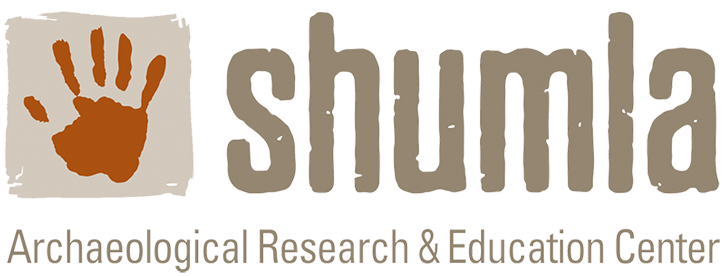
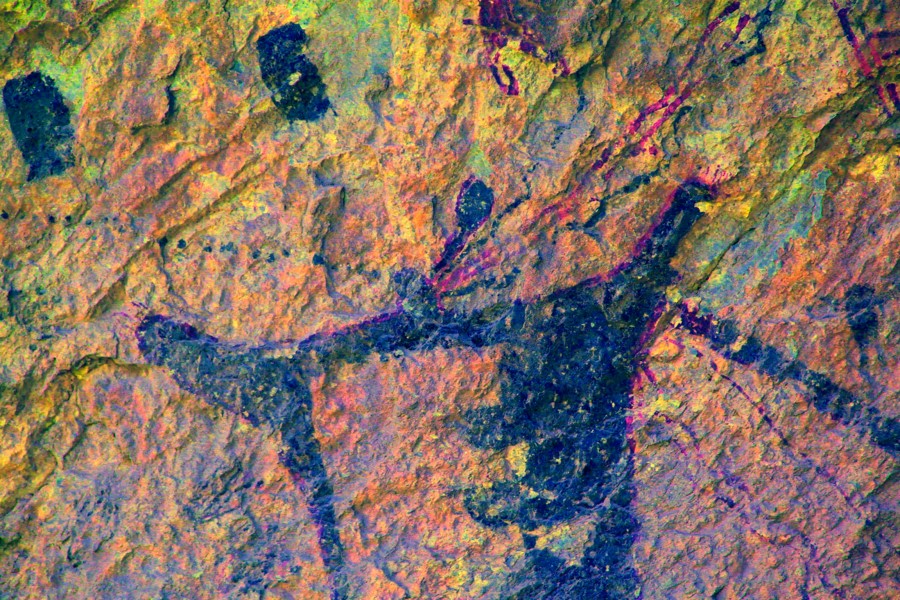
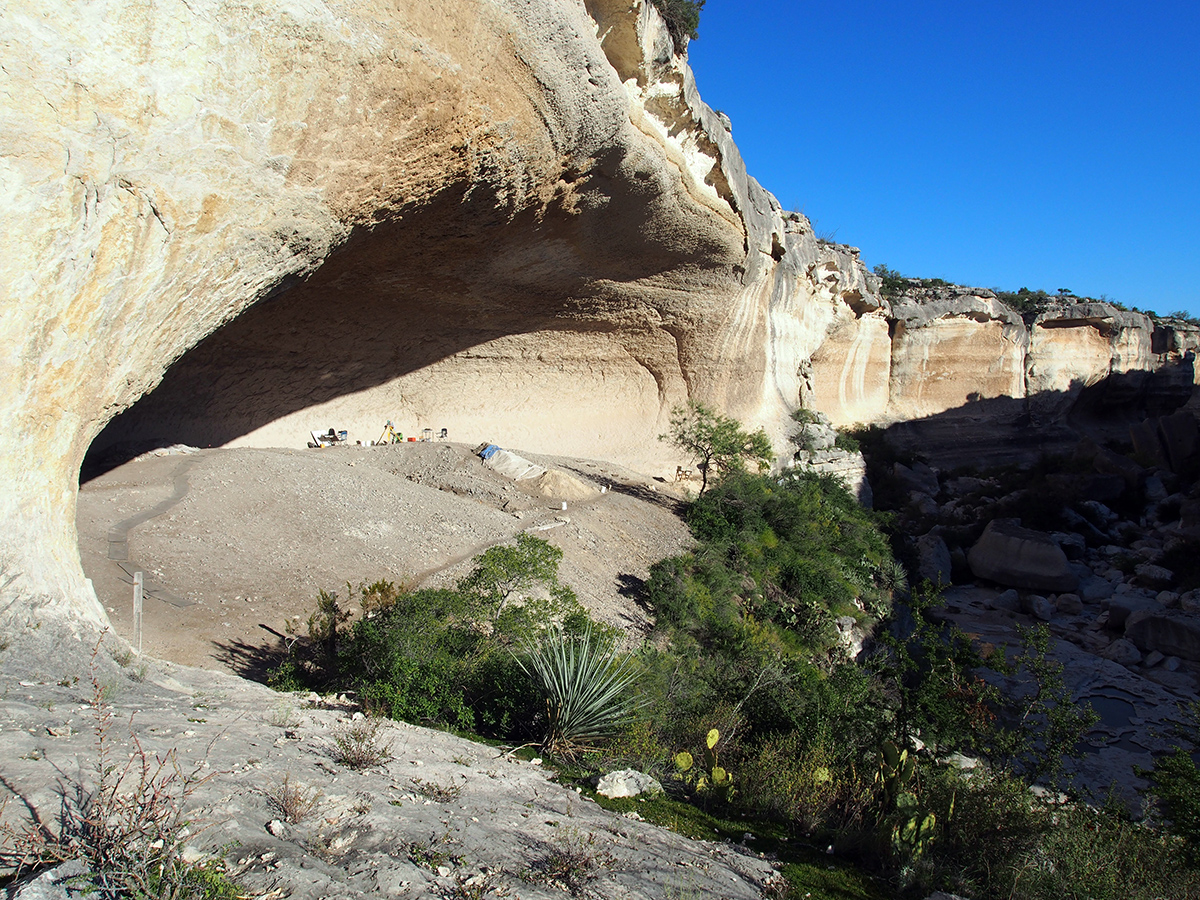

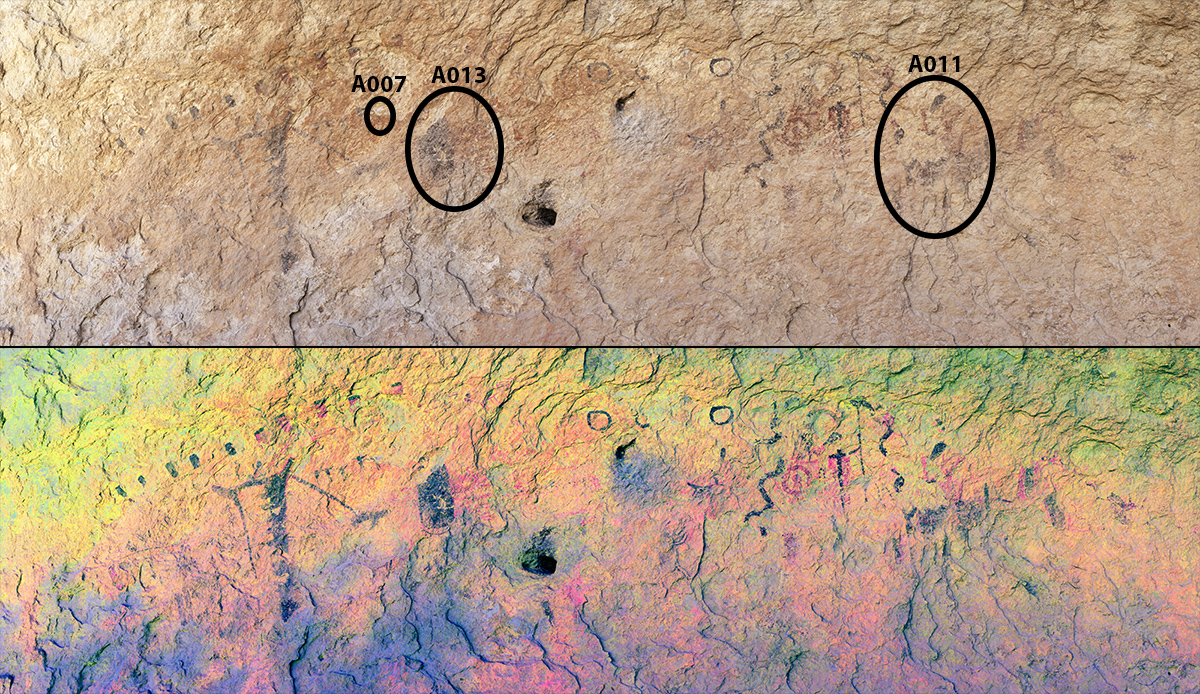
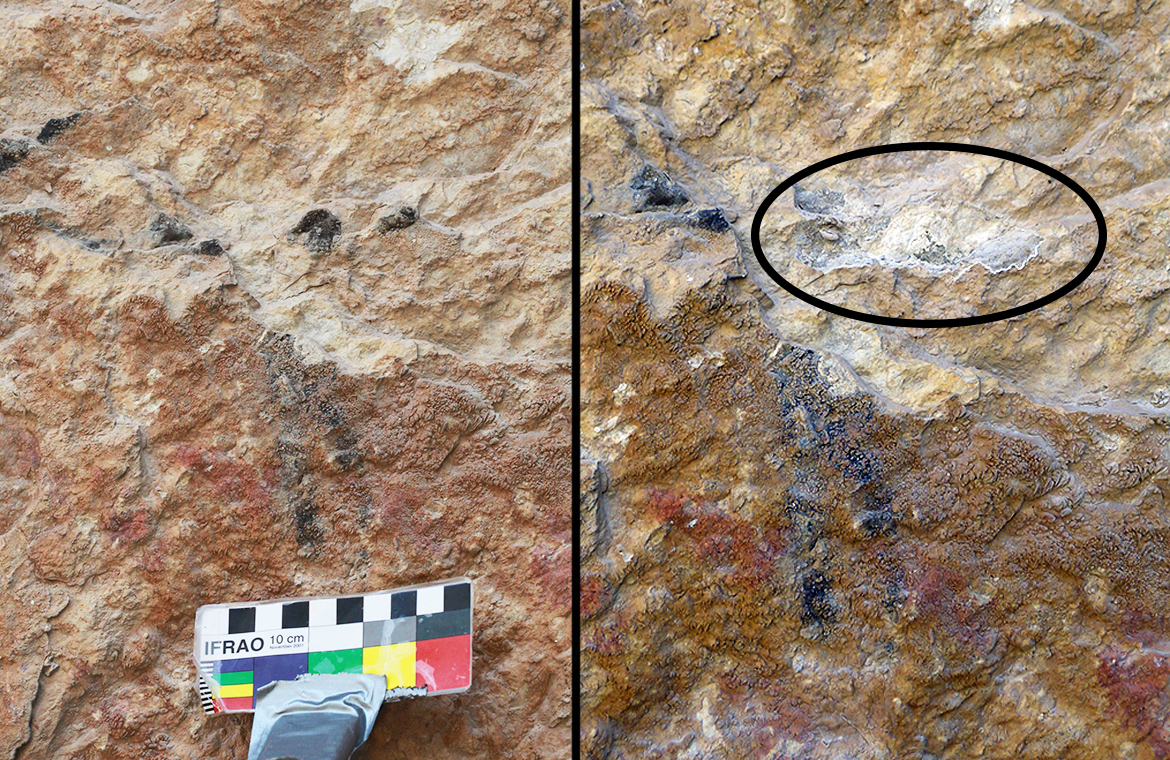
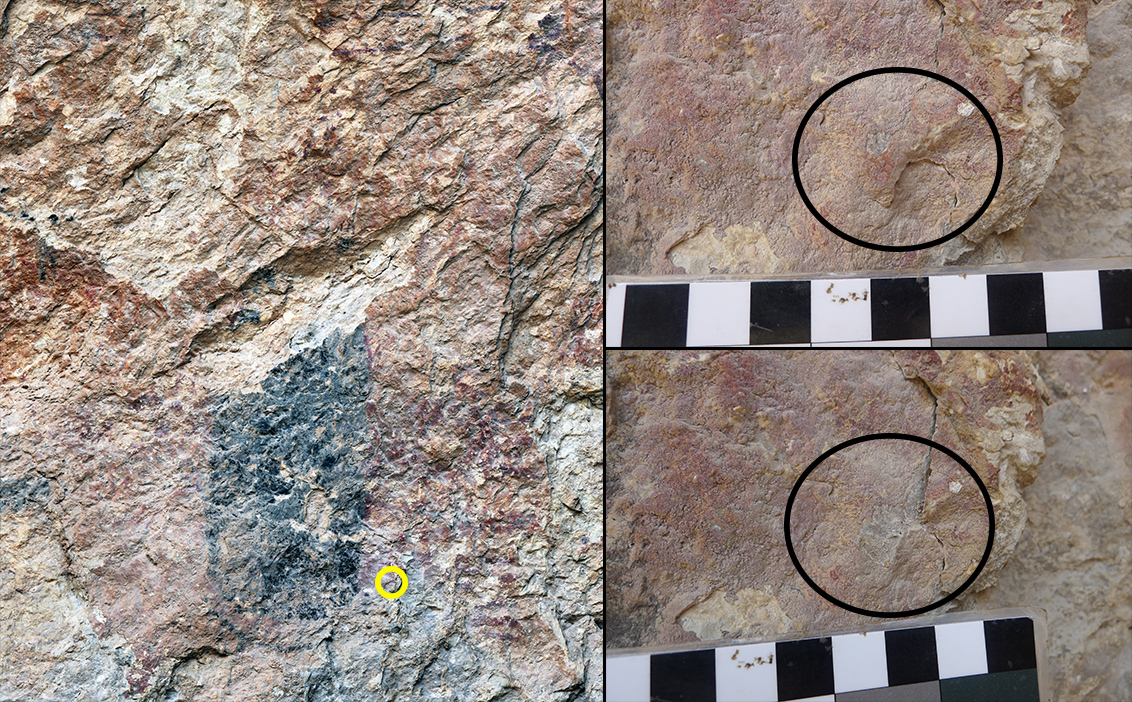
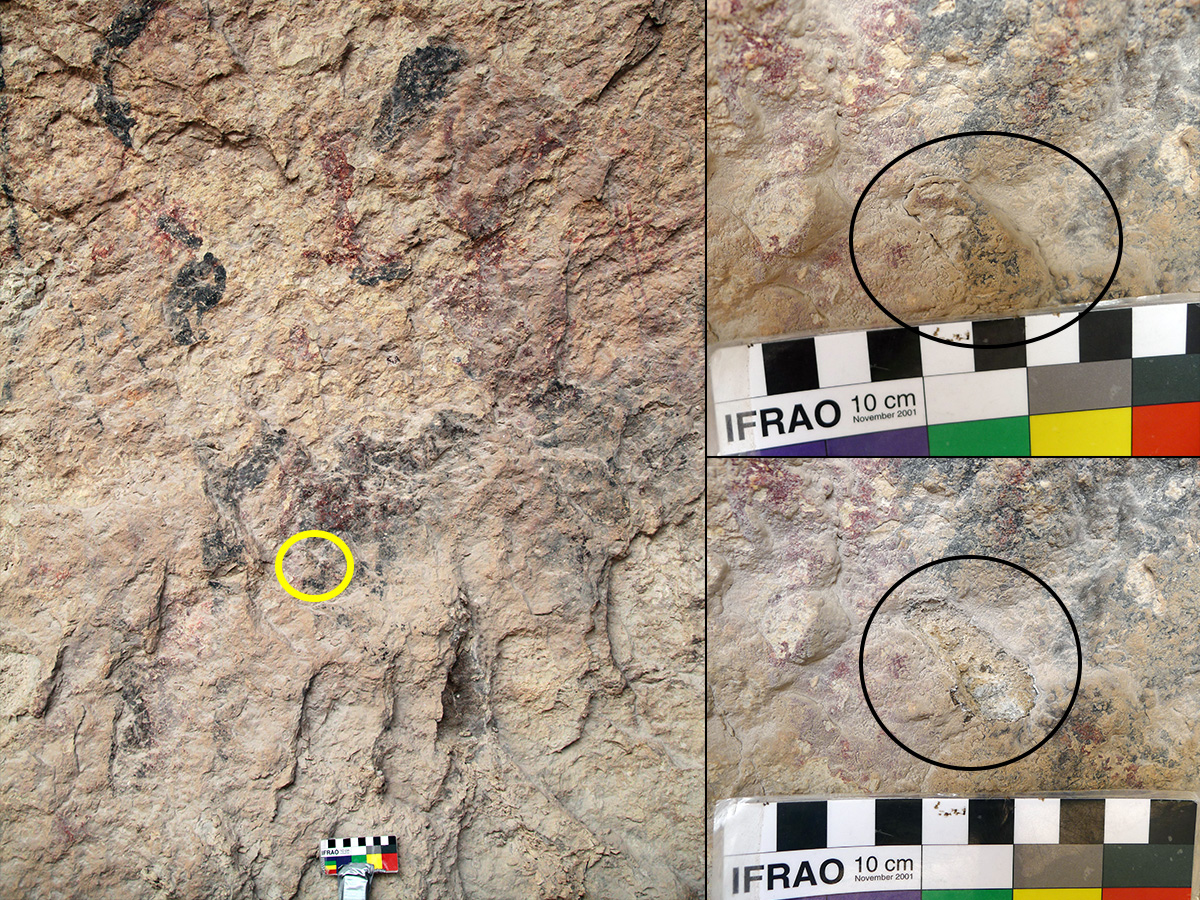
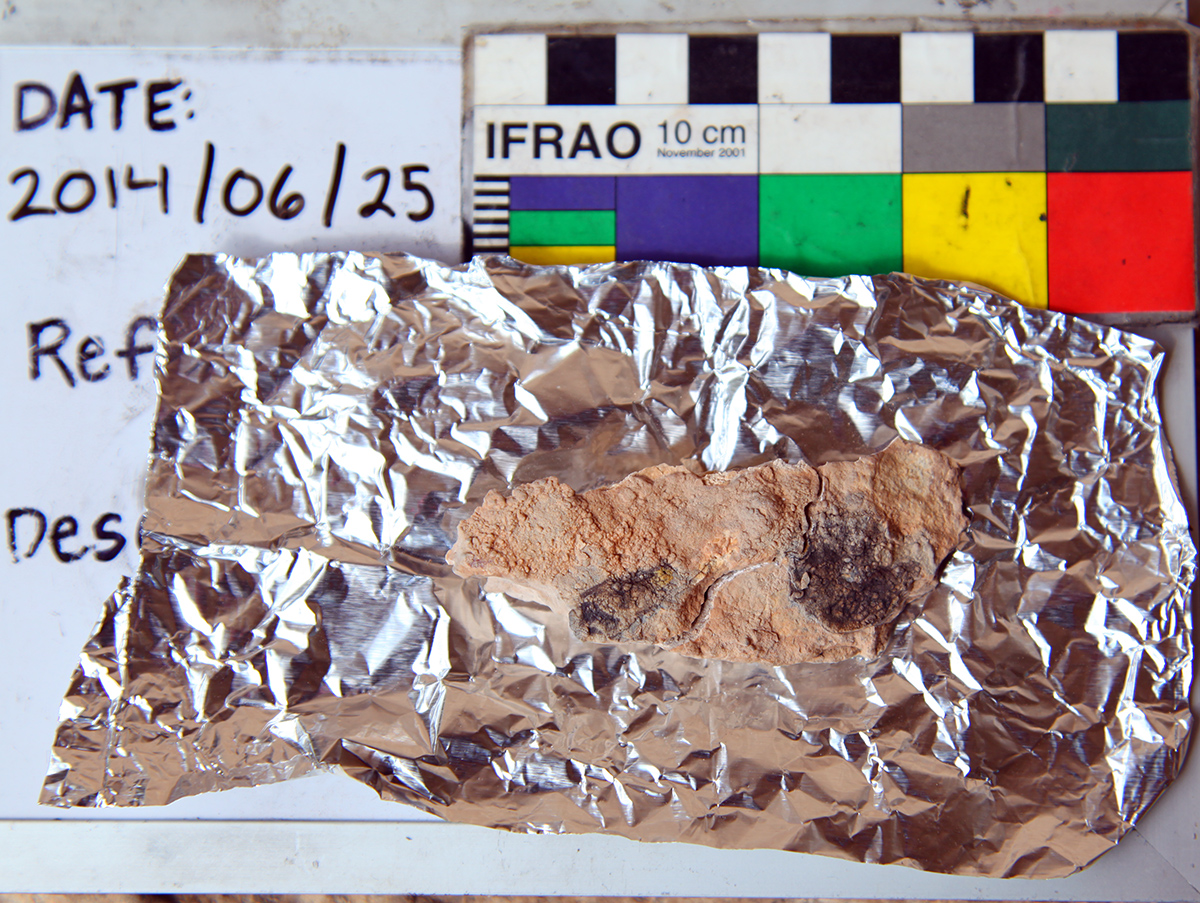
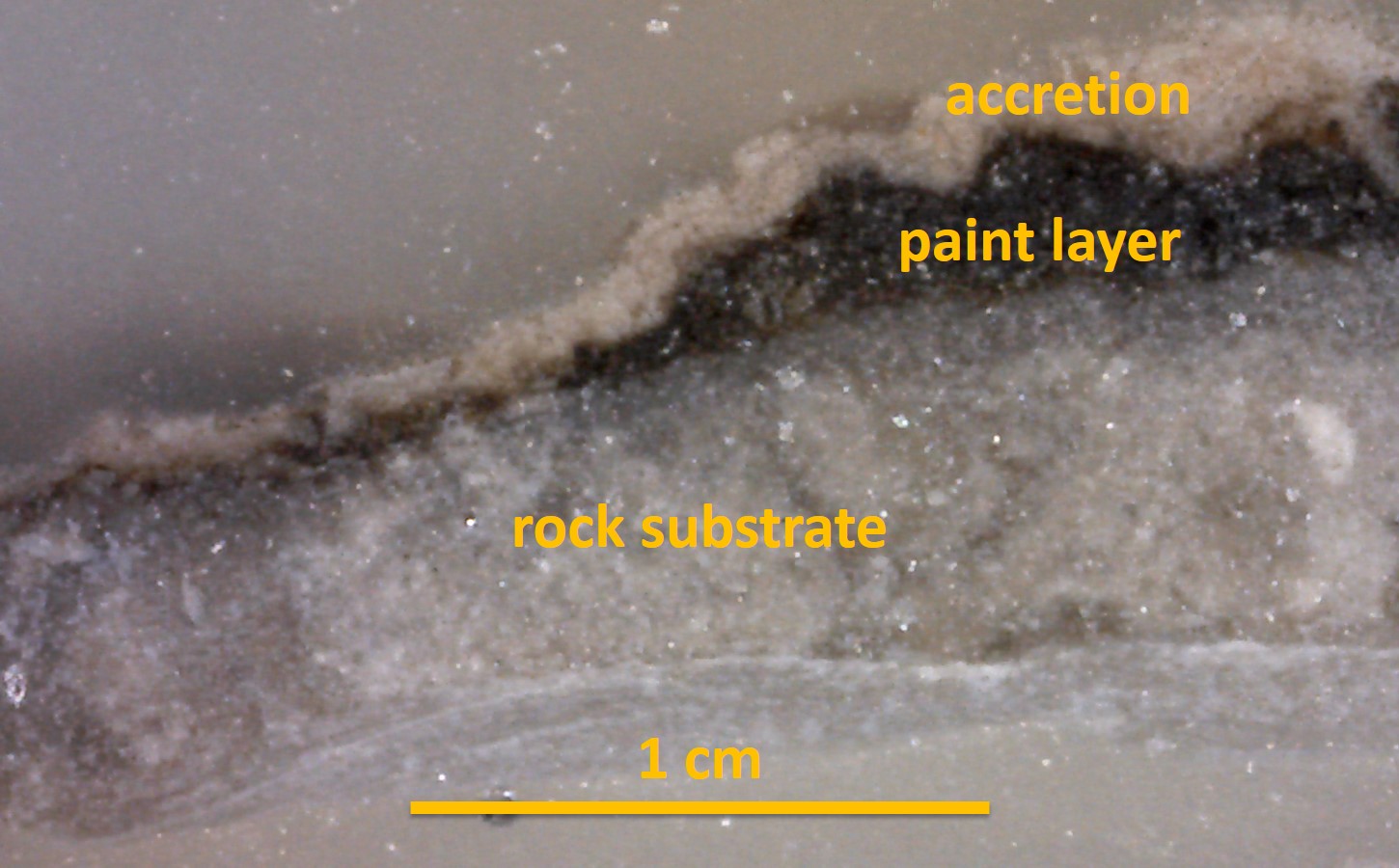
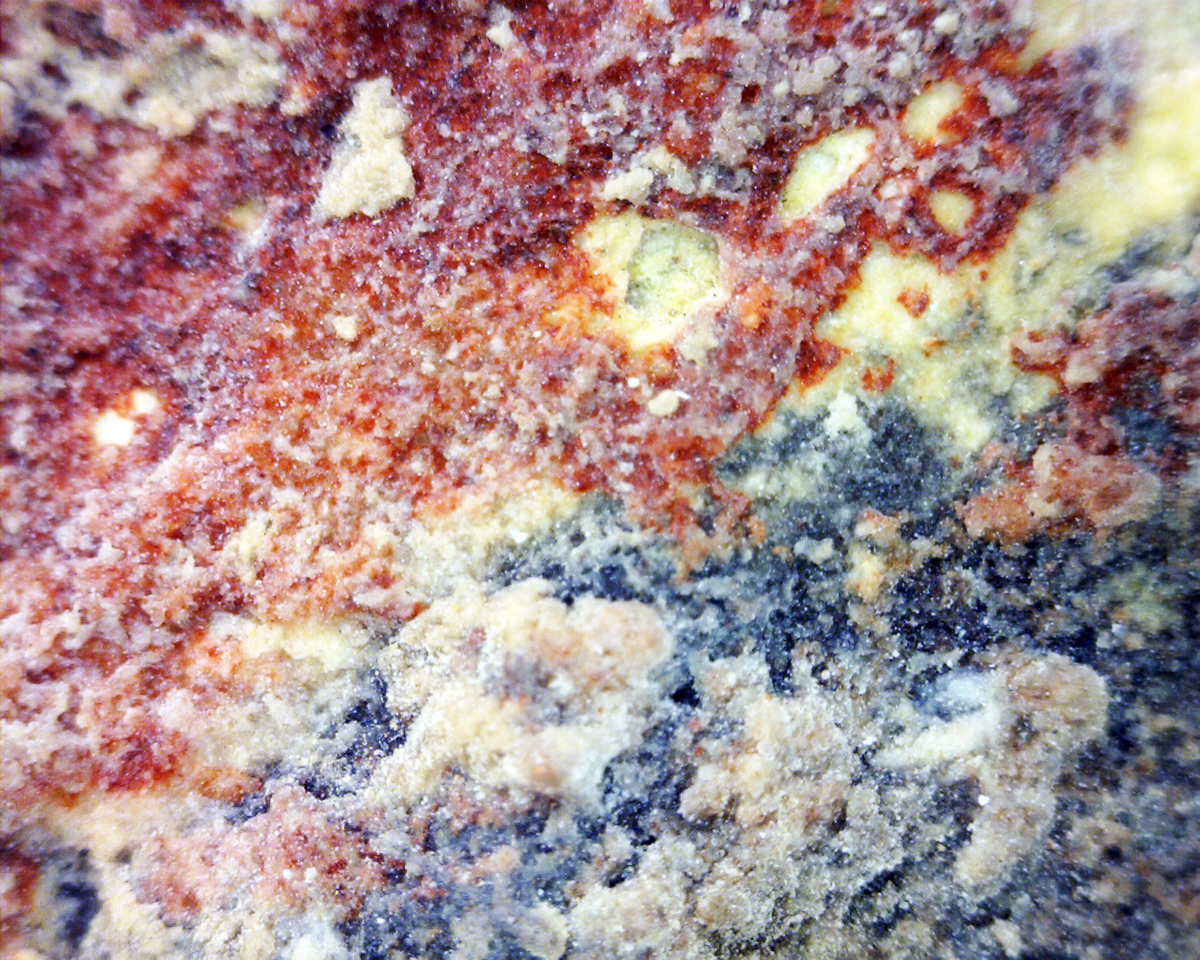
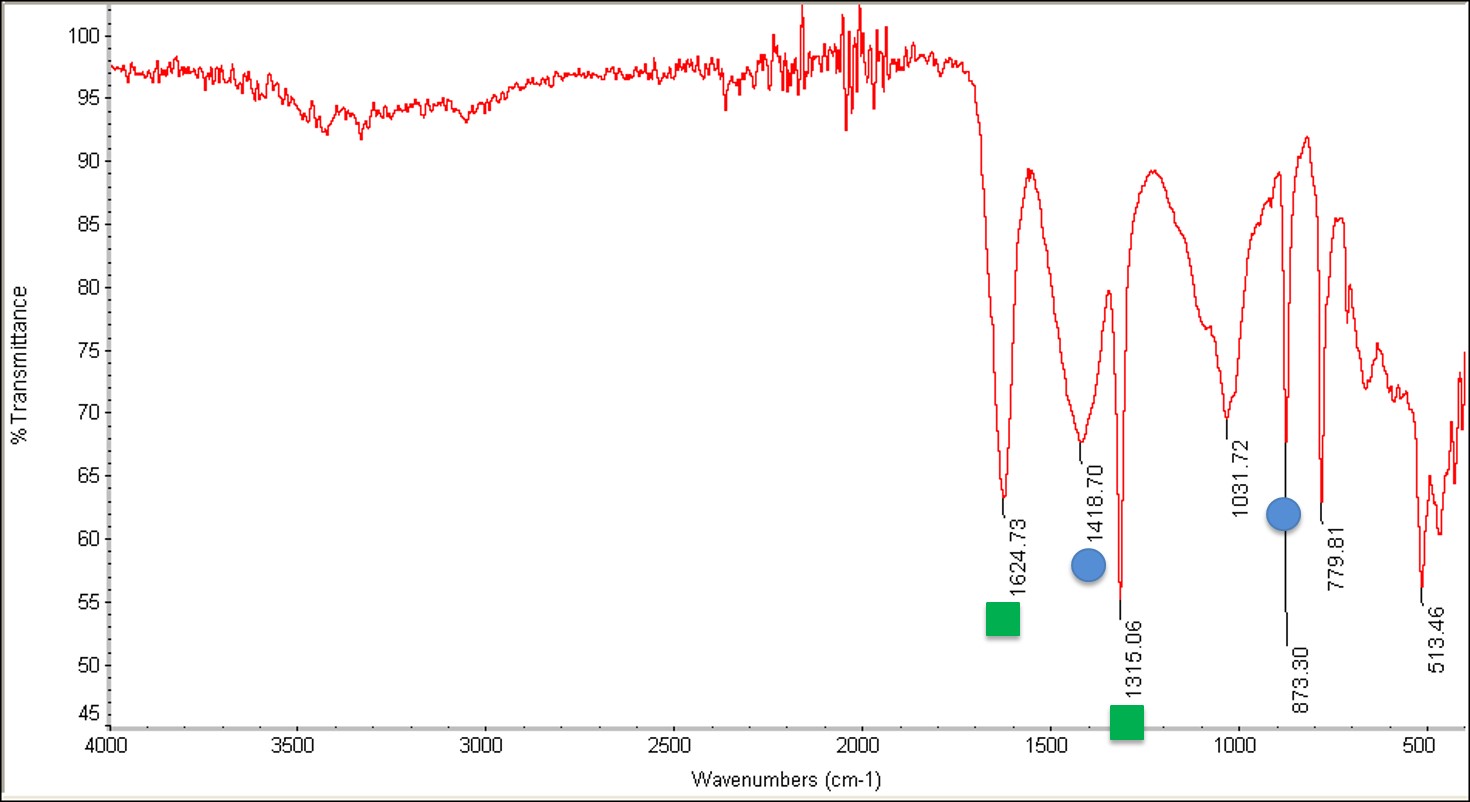
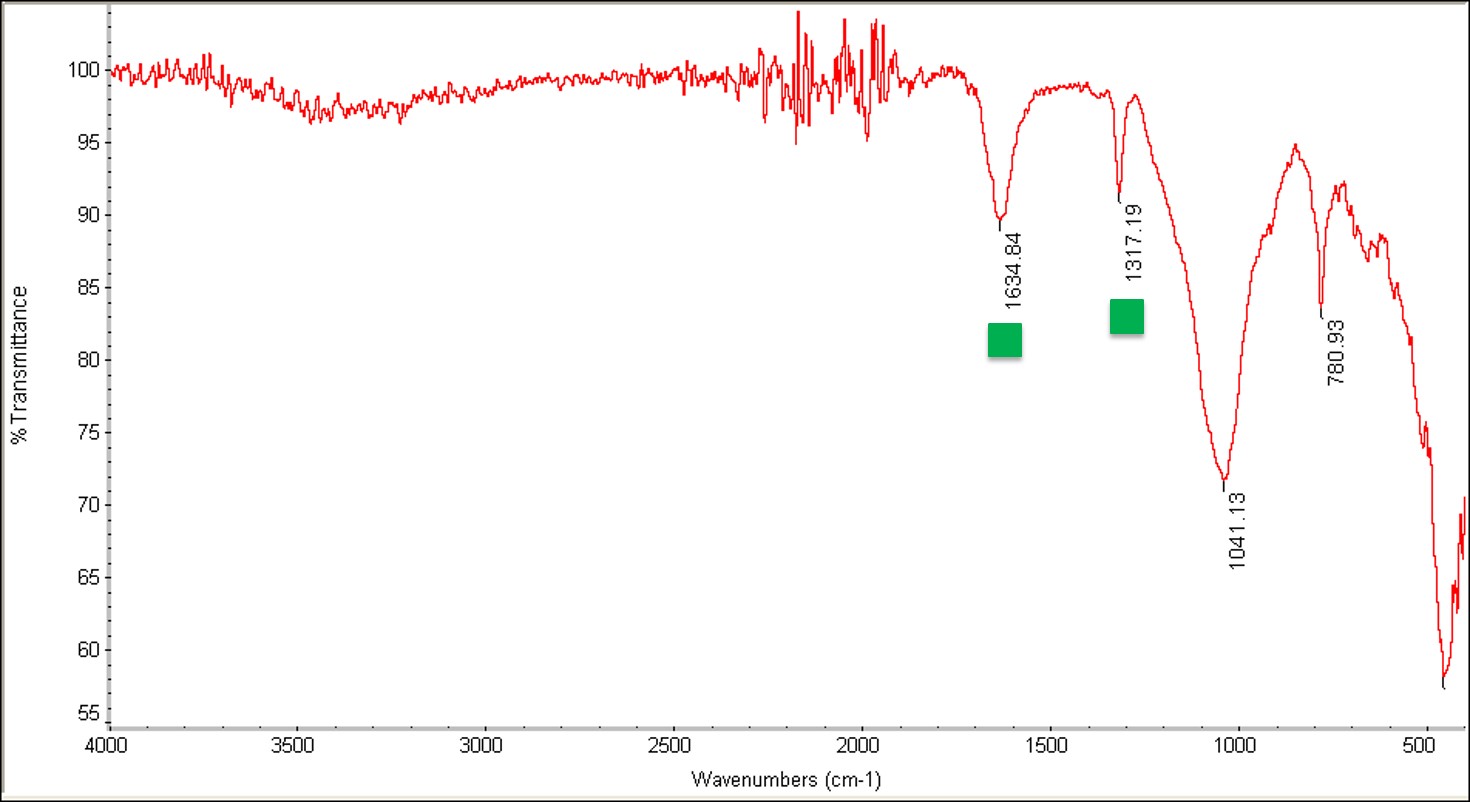
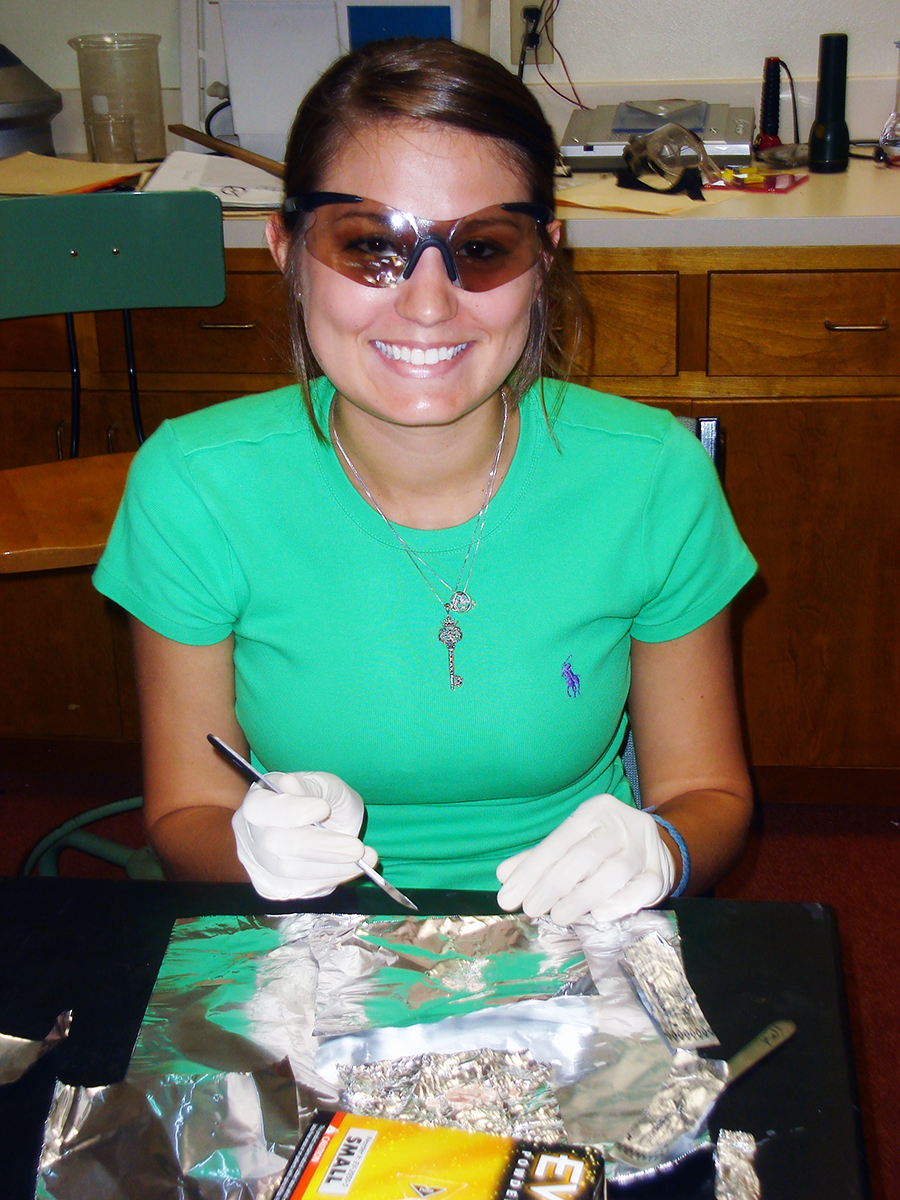
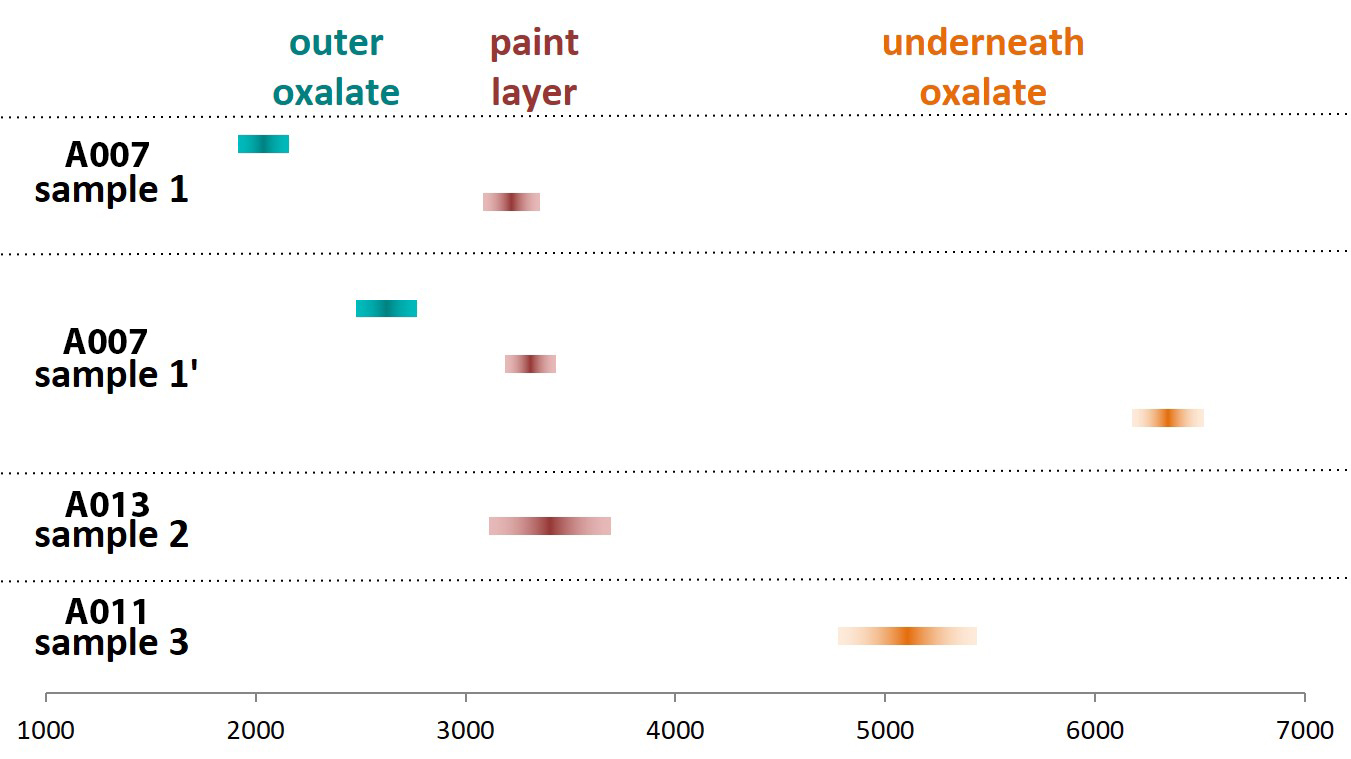

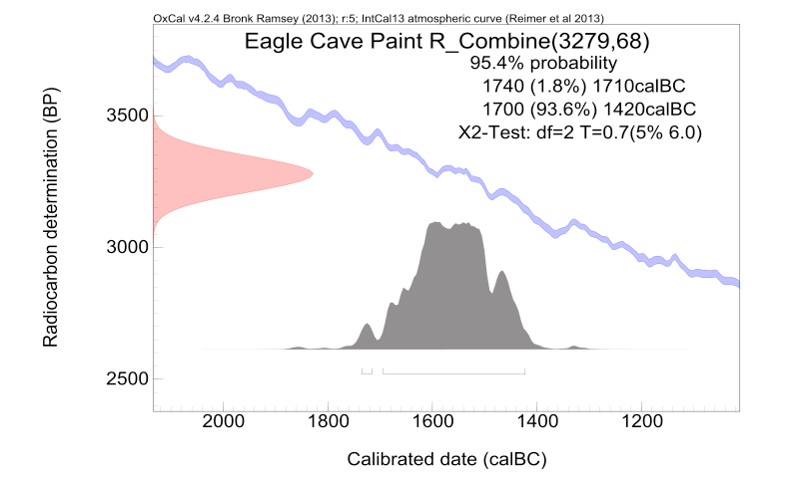
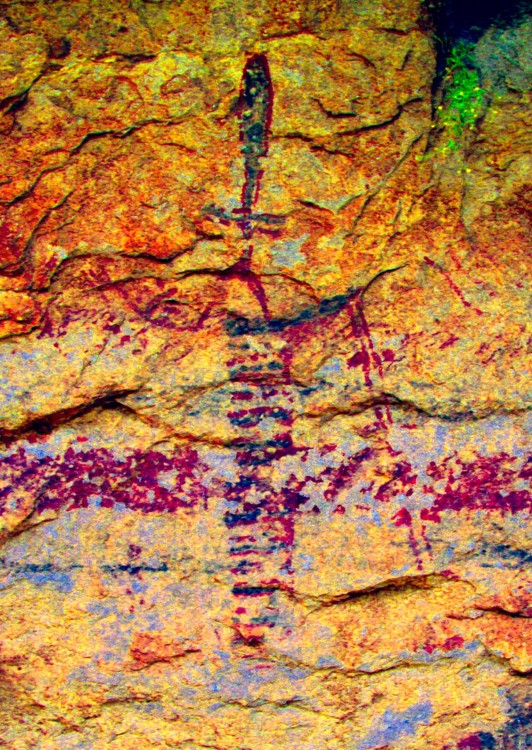
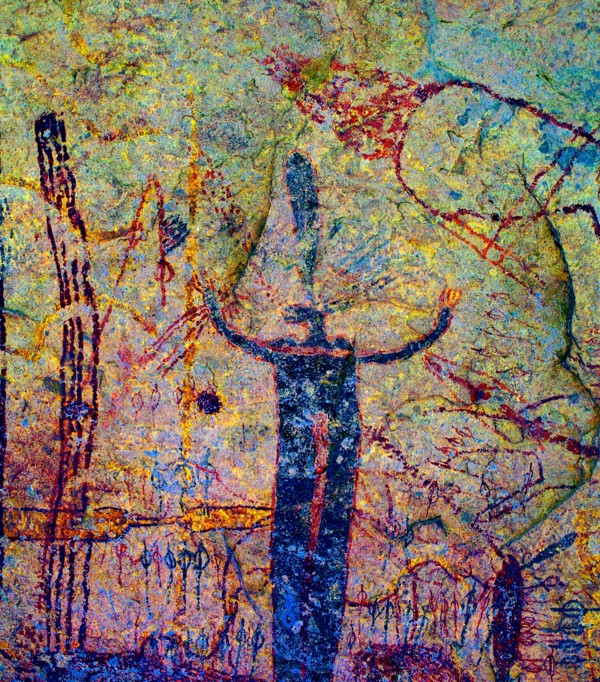
Great job Karen, I enjoyed your article very much. After being in Eagle cave this spring it was interesting to hear your findings in regards to the rabbit ears. Keep up the good work!
Great post.
Thanks for sharing your thoughts!
I have read the article with amazing satisfaction and even could know
something brand new I will use for your own further requirements.
The guide is clear and bright, without any additional useless facts or else.
The speech is both brilliant and vivid, so the further I see,
the longer I do like it! Besides, the information is rather cutting edge, so just
like it.